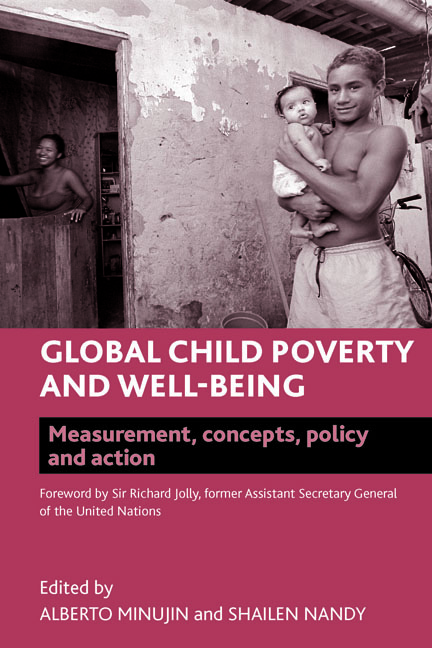eight - A snapshot of child well-being in transition countries: exploring new methods of monitoring child well-being
Published online by Cambridge University Press: 07 September 2022
Summary
Introduction
Two decades of transition have seen growing diversity across Eastern Europe and Central Asia, both in terms of economic and institutional structures and social developments. Living conditions have changed rapidly during this period, bringing both new opportunities and at the same time greater vulnerabilities for families and children. Economic recovery during the past decade has been hit again by the global economic crisis – many countries in the region belong to the most severely affected countries in the world. While most governments have tried to protect social spending, measures to mitigate the impacts of the crisis are only as good as existing social protection systems. However, these too often prove to be ineffective in reducing child poverty or supporting families with children, not least because cash transfers are too low and too narrowly targeted at the extremely poor to make much of a difference in the lives of poor people. In view of crisis responses, the narrow targeting of cash transfers also reduces the flexibility and responsiveness needed to address new vulnerabilities (Hoelscher et al, 2009).
Rapidly changing living conditions require monitoring systems that are sensitive to qualitative changes in the lives of children. Currently the most important regional monitoring tool is the TransMONEE database, tracking child-related administrative data across Central and Eastern Europe (CEE) and Central Asia (see, for instance, UNICEF, 2009). At country level, on the other hand, much of the monitoring of child well-being has followed the Millennium Development Goal (MDG) indicators which focus mainly on basic health (for example, mortality and immunisation) and education indicators (for example, enrolment in primary education). While these indicators are important, they fail to capture changes in the quality of life of children and their families in transition countries. These countries traditionally have had fairly well developed healthcare and education systems and basic access was often maintained for the majority of the population during the transition period. The bottlenecks are somewhere else: in education, for instance, problems are not so much found in access to primary education but in preschool and secondary education as well as in the declining quality of education.
- Type
- Chapter
- Information
- Global Child Poverty and Well-BeingMeasurement, Concepts, Policy and Action, pp. 179 - 206Publisher: Bristol University PressPrint publication year: 2012



